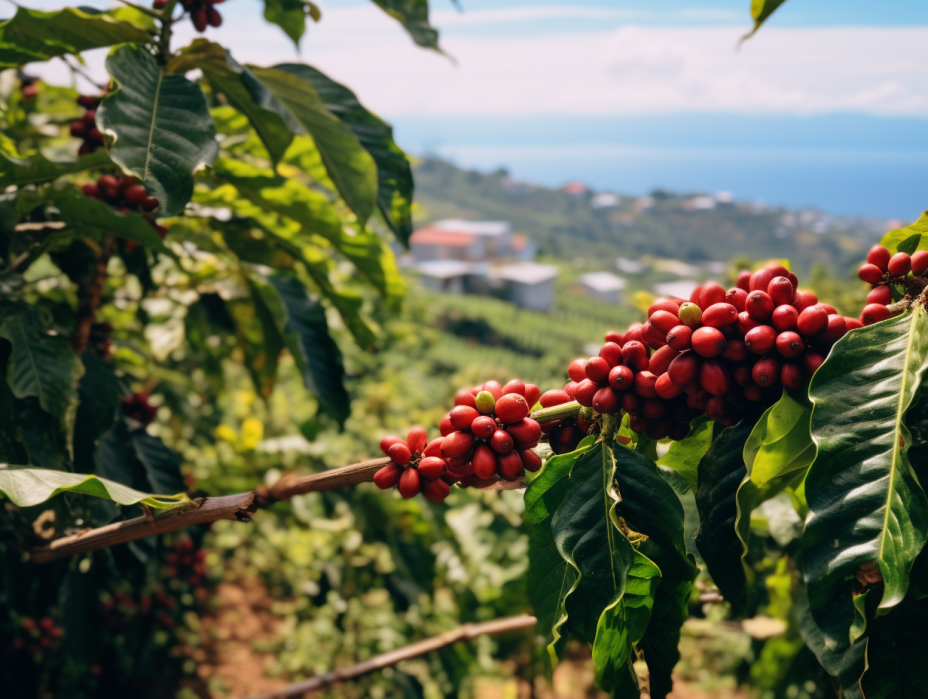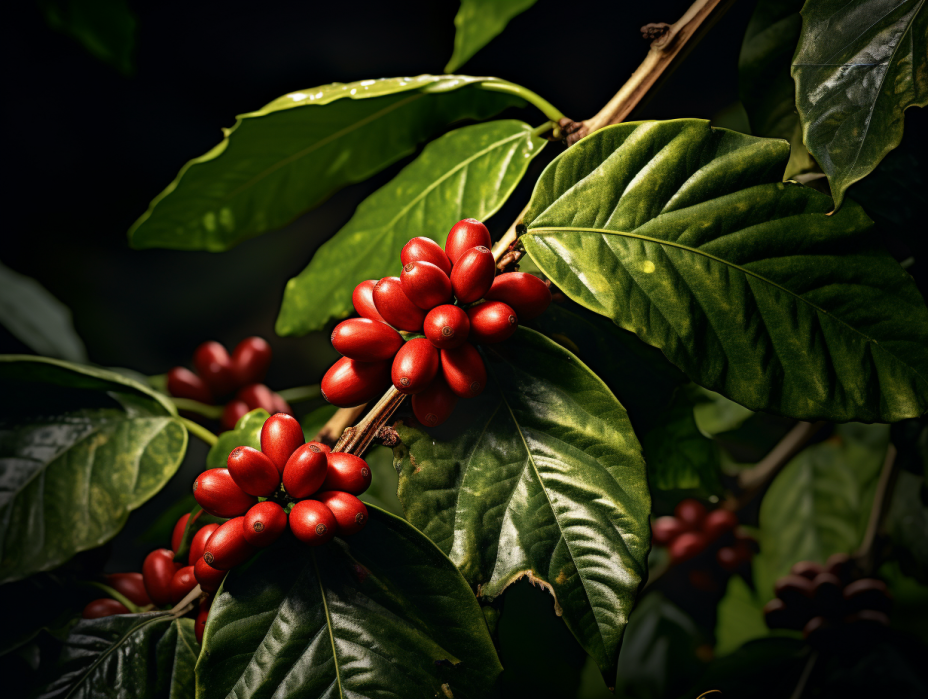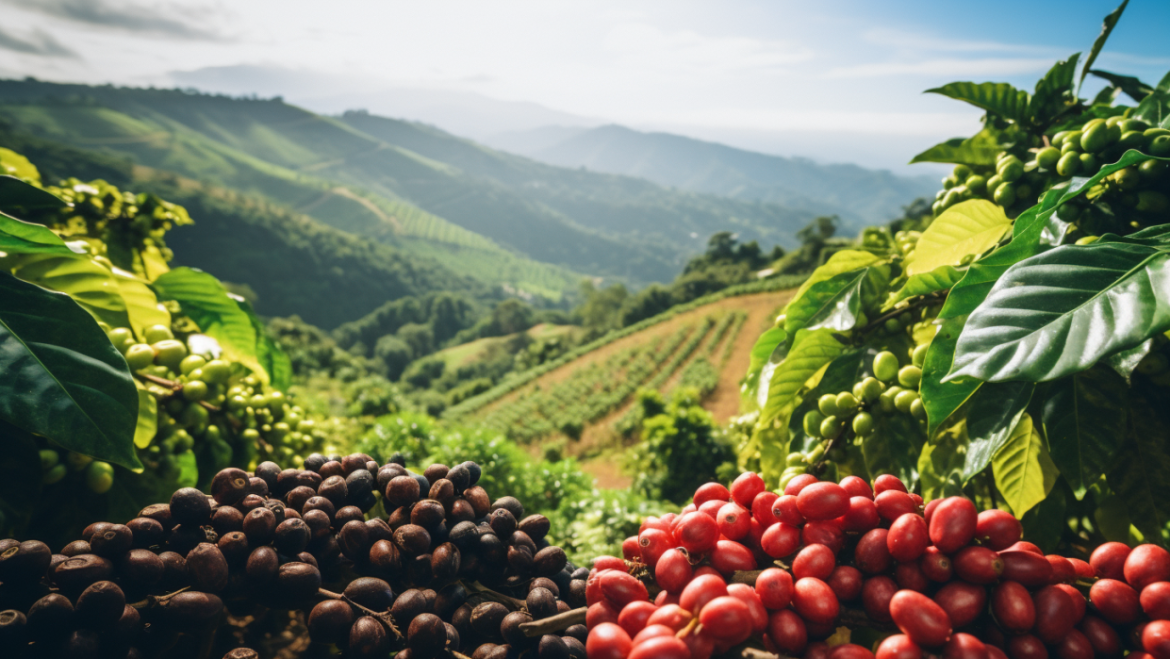Coffee is the undisputed champion when it comes to drinks that contain caffeine. Because of its robust flavour as well as the energising effect of its caffeine content, many people consider it to be their beverage of choice. There are many different mixes and roasts of coffee, and a typical issue arises: which kind of coffee has the most caffeine? We set out on an adventure to find the bean that has the largest amount of caffeine in it, so that you may begin each day feeling more energised than ever before.
The Caffeine Content of Coffee, Which Is Its Vital Organ
Caffeine is the engine that drives coffee and is responsible for the stimulation that consumers look for in their beverage of choice. The amount of caffeine that is extracted from coffee beans and how it is brewed has a major impact on the final product's overall concentration of caffeine.
The Robust Robusta

Robusta beans, also known as Coffee canephora, have the highest concentration of caffeine of any other kind of coffee bean. In comparison to their Arabica counterparts, these coffees have roughly twice as much caffeine in their composition. A regular cup of Robusta coffee may contain anywhere from 140 to 200 milligrammes of caffeine, making it an excellent choice for those looking for a reliable method to jumpstart their morning.
Details on the Methods of Cultivation and Individual Traits
Robusta beans are most successful in low-altitude locations, like those found in Africa and Indonesia. The high caffeine concentration functions as a natural insect repellant, which contributes to the bean's resistance to pests and illnesses. The robust quality of Robusta is represented not only in its name but also in the robust, earthy flavour and gritty texture of the coffee produced from it. Robusta was originally grown in Central and South America. Because of its low acidity and strong bitterness, it is frequently a less popular option among casual coffee consumers. However, owing to the creamy espresso crema that it produces, it is a favourite for use in espresso blends.
The Arabica That Is So Discreet

On the other end of the flavour range is the Arabica bean, often known as Coffee arabica. This bean has a sweeter, softer flavour, but a higher acidity level. Arabica coffee has a caffeine concentration that ranges from 70 to 140 mg per cup, making it a more approachable option for those who are attempting to cut down on their use of the stimulant.
Details on the Methods of Cultivation and Individual Traits
Arabica beans are grown at a greater altitude in regions of India, Papua New Guinea, Central and East Africa, and South and Central America. Because of how susceptible they are to a variety of illnesses and insects, they need to be cultivated in a manner that is more careful and attentive to their needs. Because Arabica beans have such a rich flavour profile that includes notes of sweetness, fruit, and berries, they are the bean of choice for black coffee and speciality blends.
In Order to Make a Better Cup of Coffee, You Should Focus on More Than Just the Beans
Although the kind of coffee bean is the most important factor in determining the total amount of caffeine in a cup of coffee, the technique used to boil the coffee is also very important. In spite of its robust flavour, espresso has a lower caffein content than conventional drip coffee since each serving of espresso is smaller than that of typical cups of drip coffee. Espresso, on the other hand, comes out on top when compared to other beverages in terms of the amount of caffeine it contains.
Coffee made using a drip machine as opposed to espresso
The amount of caffeine that may be extracted from coffee depends on a number of parameters, two of which are the amount of time spent brewing and the temperature of the water. Caffeine is effectively extracted when coffee is made using espresso since the brewing process involves high pressure and only takes a short amount of time. This results in a greater overall caffeine content in the beverage. On the other hand, since drip coffee is brewed for a longer period of time, it is possible to extract more caffeine than espresso shots. As a result, a regular cup of drip coffee has a greater caffeine content than an espresso shot.
Conclusion
Because there are so many different types of coffee and so many different ways to make coffee, the amount of caffeine in each cup of coffee may vary greatly. If, on the other hand, a surge of caffeine is what you're after, the safest choice is to go with a Robusta mix that's been brewed using the drip technique. Whether you are a casual coffee drinker or a caffeine connoisseur, knowing the caffeine content across various kinds of coffee beans and different ways of brewing will help you to make an educated decision that is aligned with your taste preference and the amount of caffeine you need.




Add Comment